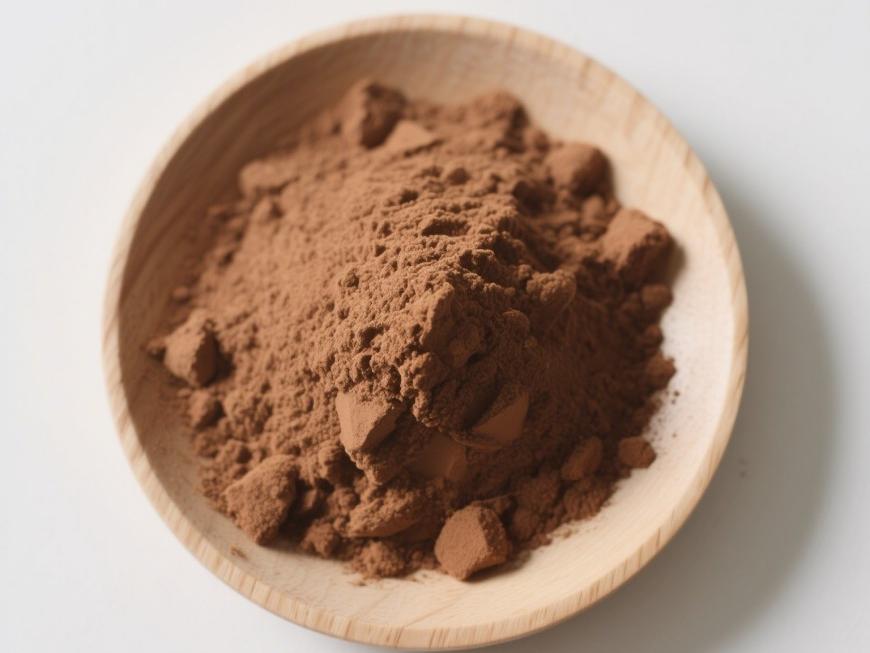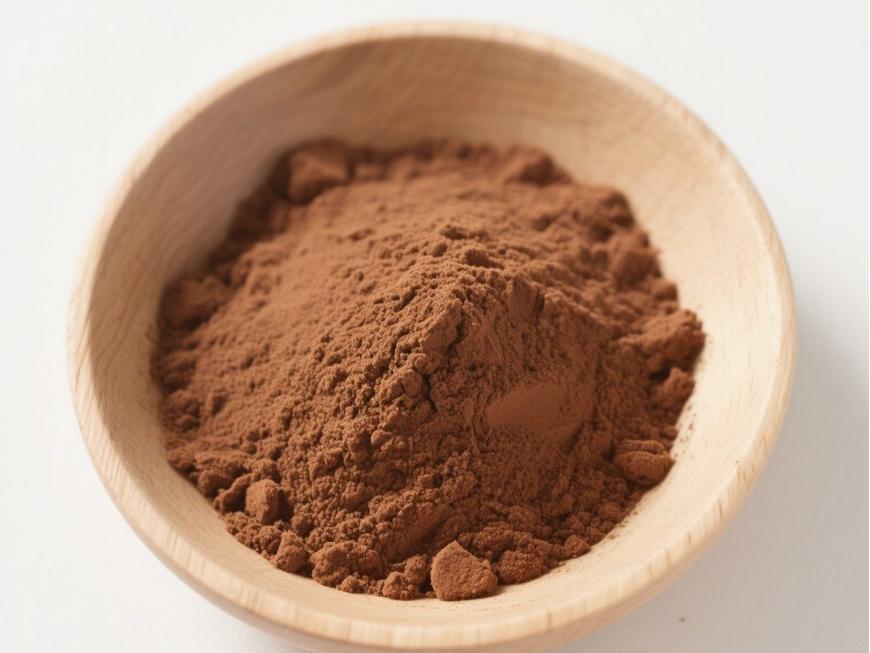Natural Passion Fruit Extract Unlocks New Possibilities in Food and Beverage
Passionfruit (Passiflora edulis) extract is rich in organic acids, pectin, flavonoids, amino acids, alkaloids, lutein, beta-carotene, vitamins, and trace elements. Its rich aroma primarily stems from volatile compounds like ethyl butyrate and ethyl hexanoate, earning it the reputation as “the world's most fragrant fruit.”
With its distinctive flavor profile and abundant functional components, passion fruit is emerging as a highly sought-after natural ingredient in the health food and beverage sector. Leveraging modern extraction technology, Green Spring Technology systematically develops active ingredients—including pectin, flavonoids, and dietary fiber—from passion fruit pulp, peel, and leaves. We are committed to providing standardized, high-value-added ingredient solutions that empower companies to create innovative products combining natural flavor with health benefits.
We will continue exploring passionflower's potential applications in beverages and functional foods, driving the development of natural, clean-label products to offer consumers more premium health choices.
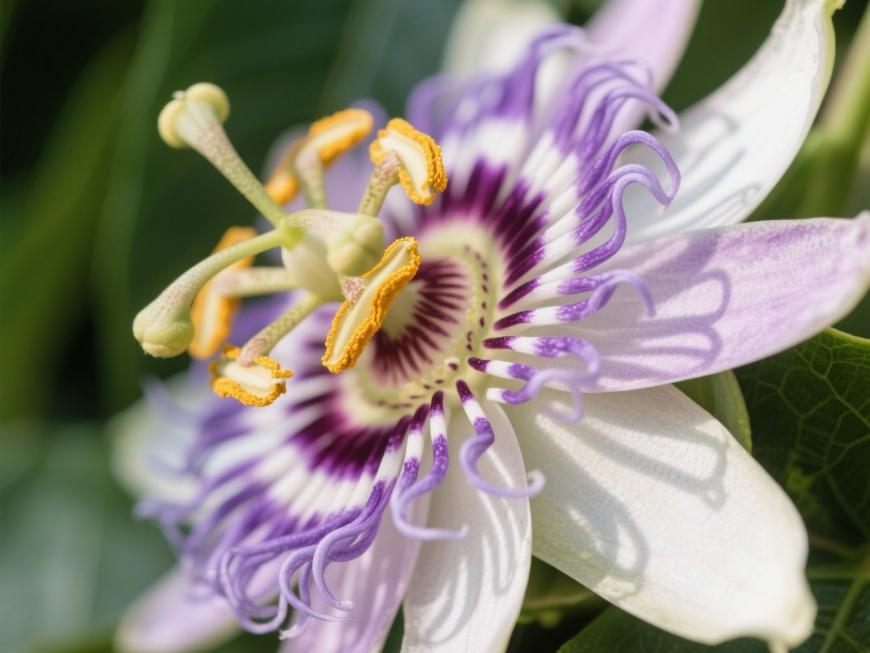
1 Natural Passion Fruit Ingredients: Diverse Bioactive Components Empower Food & Beverage Innovation
Passion fruit pulp, peel, and leaves are rich in multiple natural bioactive components—including pectin, polysaccharides, polyphenols, flavonoids, vitamins, amino acids, and trace elements. These components vary in concentration across different parts, offering diverse and directionally applicable raw material options for food and beverage innovation. The pulp primarily contains vitamins and amino acids, the peel is concentrated with dietary fiber and antioxidants, while the leaves serve as an excellent source of flavonoid compounds.
Research indicates that passionfruit peel shows potential in regulating bodily health balance. Experiments demonstrate that peel powder helps enhance satiety, supporting healthy dietary management. In human trials, daily consumption of passionfruit peel powder combined with dietary adjustments contributes to promoting healthy blood lipid levels. Additionally, extracts from passion fruit peel and leaves exhibit inhibitory effects against various microorganisms, offering a natural solution for food preservation.
Passion fruit peel, pulp, and leaves are rich in diverse natural functional compounds, providing abundant raw material options for innovative food and beverage development. The unique components found in different parts cater to varied product development needs.
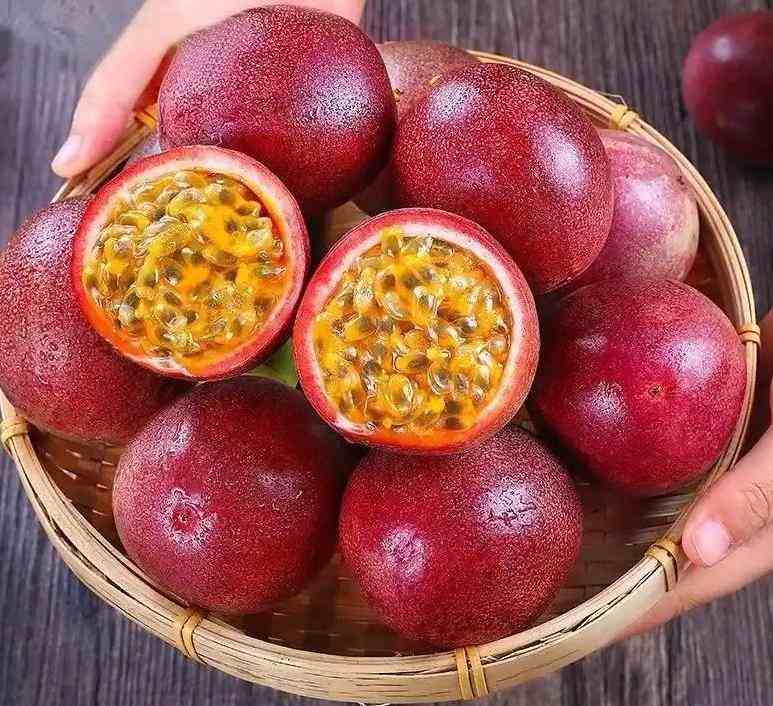
1.1 Pectin
Dried passion fruit peel is rich in pectin, accounting for approximately 10% of its composition. It serves as an excellent thickener, stabilizer, and emulsifier in food processing. Research indicates that passion fruit pectin supports gut health and aids digestion. With the growing market demand for natural food ingredients, passion fruit pectin, as a plant-based material, holds broad application prospects in beverages, jams, dairy products, and other items.
1.2 Dietary Fiber
Passion fruit peel is abundant in dietary fiber, with purple passion fruit containing total dietary fiber accounting for 73% of its peel dry weight. Dietary fiber is categorized into soluble and insoluble types, both of which collectively support gut health and digestive function. Research indicates that passion fruit dietary fiber helps maintain normal blood lipid levels and supports liver health while enhancing intestinal moisture retention and promoting regular bowel movements. These properties make it particularly suitable for use in meal replacement products, healthy snacks, and functional beverages.
1.3 Flavonoids
Passionflower contains abundant flavonoids, which research indicates possess excellent antioxidant capacity and scavenging effects against various free radicals. Additionally, passionflower flavonoids have been found to help alleviate physical discomfort while supporting emotional balance and relaxation. These properties make passionflower flavonoids an ideal ingredient choice for sports drinks, emotional wellness products, and antioxidant functional foods.
Application Prospects
Natural components like passionflower pectin, dietary fiber, and flavonoids offer multiple possibilities for food and beverage innovation:
· Beverages: Can serve as stabilizers, thickeners, and functional ingredients in various health drinks
· Functional Foods: Suitable for developing products with antioxidant, mood-supporting, and gut health benefits
· Natural Health Products: Provide natural ingredient solutions for clean-label products
We offer passionflower extracts in various specifications, including pectin, dietary fiber, and flavonoid extracts, empowering food and beverage companies to develop innovative products that meet consumer demand for natural, healthy foods. Learn More About Our Comprehensive Standardized Passionflower Extract Solution.
2 Natural Passion Fruit Ingredients: Diverse Applications Driving Beverage Innovation
Passion fruit offers rich possibilities for beverage innovation with its distinctive aromatic fragrance, natural pigments, and refreshing tartness. Its peel accounts for approximately 50% of the fruit, while juice content is about 30%. Its high acidity makes it an ideal ingredient for blended beverages, effectively enhancing flavor complexity and nutritional value.
2.1 Compound Juice Beverages
Despite its high acidity, passionfruit juice boasts an intense aroma, making it suitable for blending with various fruits and vegetables to create balanced compound beverages. Research indicates that combining passionfruit with ingredients like satsumas, water chestnuts, and cucumbers yields refreshing drinks with natural color. With a juice yield of approximately 40%, pairing passionfruit with high-yield fruits and vegetables not only compensates for its limitations but also enhances overall raw material utilization.
Regarding juice stability, composite thickeners (e.g., xanthan gum blended with pectin) significantly improve product texture, reducing centrifugal sedimentation rates below 2.1%. Additionally, non-thermal processing technologies (such as ultra-high pressure or ultrasonic treatment) offer new approaches for sterilizing and preserving passion fruit juice. These methods extend product shelf life while retaining natural flavor and nutrients.
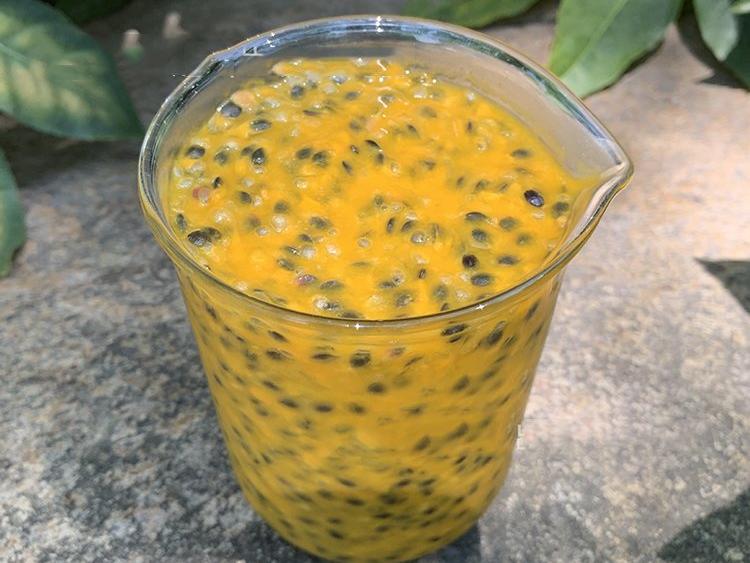
2.1.1 Fruit Vinegar Fermentation
Passion fruit's high acidity and rich fruity aroma make it an excellent acidity regulator and flavor enhancer for fruit vinegar fermentation. Blended with high-sugar ingredients like bananas and yams, and fermented using a dual yeast-acetic acid bacteria fermentation process, it produces a complex fruit vinegar with pronounced fruit notes and a mellow acidity. The addition of passion fruit not only enriches the flavor profile but also imparts natural color and aroma.
2.1.2 Fruit Wine Development
Passion fruit juice undergoes enzymatic hydrolysis and fermentation to produce full-bodied, uniquely flavored fruit wines, particularly suited for dry styles. Blending with Jerusalem artichoke and sweet orange during fermentation effectively balances acidity and enhances wine harmony. Controlling residual sugar levels (e.g., ≤4g/L) and optimizing fermentation conditions prevents contaminating microorganisms, ensuring product stability.
Green Spring Technology offers passion fruit juice, peel powder, and pectin extracts in various specifications, empowering enterprises to develop next-generation natural, healthy, and flavor-distinct beverage products, jointly driving innovation and advancement in the beverage industry.
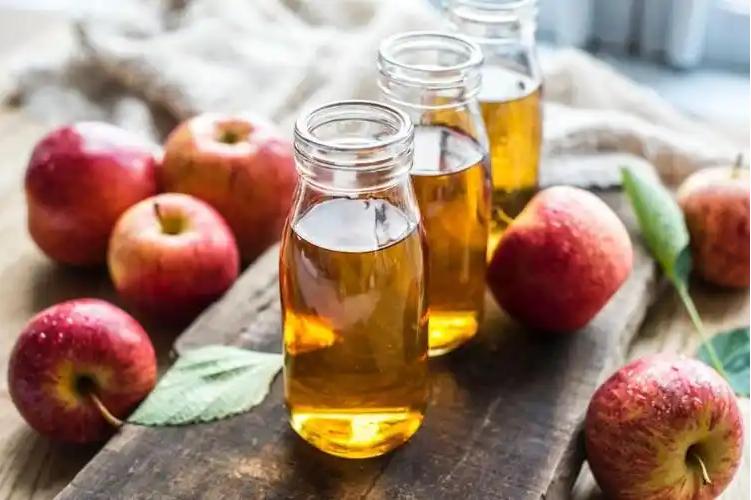
2.2 Functional Compound Extraction from Passion Fruit: Empowering Innovative Applications in Beverages and Foods
Passion fruit peel, pulp, and leaves are rich in high-value functional compounds including pectin, dietary fiber, flavonoids, and anthocyanins. Through modern extraction techniques, these natural components can be transformed into high-value-added ingredients, unlocking abundant innovation potential for the food and beverage industry.
2.2.1 Pectin Extraction and Applications
Pectin, a natural thickener and stabilizer, is widely used in beverages, jams, and dairy products. Passion fruit peel contains abundant pectin, extractable through diverse methods:
· Enzymatic extraction: Mild conditions, high yield, and better preservation of bioactivity;
· Acidic extraction: Higher efficiency, suitable for large-scale production;
· Microwave-assisted extraction: Significantly reduces extraction time and enhances efficiency.
Green Spring Technology employs eco-friendly, high-efficiency extraction processes to maximize the preservation of pectin's natural properties. This provides beverages with a premium stabilizer and dietary fiber source, supporting the development of “clean label” products.
2.2.2 Dietary Fiber Extraction and Value Enhancement
Passion fruit peel is rich in dietary fiber, making it particularly suitable for health beverages and meal replacement products:
· Combining acid-enzyme methods with ultrasonic treatment significantly increases extraction rates of both soluble and insoluble dietary fiber;
· The extracted dietary fiber exhibits excellent water-holding capacity and adsorption properties, making it suitable for beverage thickening, satiety products, and gut health foods.
We offer passion fruit dietary fiber ingredients in various specifications to help customers develop innovative products with functional claims.
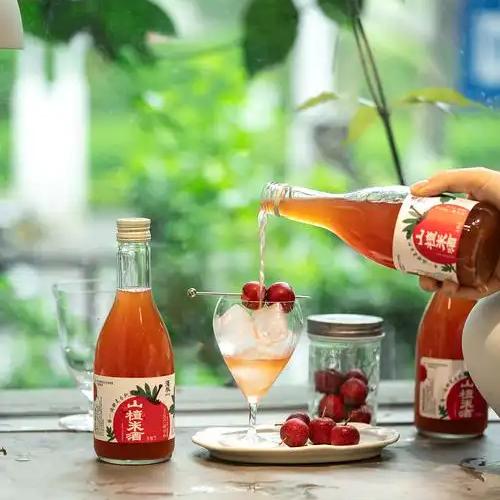
2.2.3 Enrichment and Utilization of Flavonoids
Passion fruit pulp and peel contain diverse flavonoids with outstanding antioxidant properties:
· Ethanol solvent extraction combined with response surface methodology enables efficient flavonoid enrichment;
· Suitable for sports drinks, mood-balancing health products, and antioxidant functional foods.
2.2.4 Anthocyanins: Natural Pigments and Antioxidants
Passionfruit peel is an exceptional source of anthocyanins, containing higher levels than many common fruits:
· Alcohol extraction is the primary method, featuring mature technology suitable for large-scale production;
· As natural pigments, they can replace synthetic colorants in beverages, jellies, ice cream, and other products while providing antioxidant support.
Comprehensive Application Prospects
Through efficient, green extraction technologies, functional components from various passion fruit parts can achieve high-value utilization:
· Beverage additives: Pectin enhances stability, anthocyanins serve as natural pigments;
· Functional food base materials: Dietary fiber and flavonoids support health product development;
· Clean label trend response: Fully natural extraction meets consumer demand for transparent, healthy ingredients.
Green Spring Technology is committed to providing standardized, clearly labeled passion fruit extracts, jointly advancing the food and beverage industry toward natural, functional, and sustainable development.
3 Natural Passion Fruit Ingredients: Pioneering a New Era of Healthy Beverage and Food Innovation
As a nutrient-rich, uniquely flavored natural fruit ingredient, passion fruit holds vast potential in food and beverage innovation. Currently, passion fruit is widely used in blended juices, fruit vinegars, and fruit wines, effectively balancing its naturally high acidity to enhance palatability. Additionally, functional components like pectin, dietary fiber, and flavonoids abundant in its peel and pulp offer rich possibilities for developing food and beverage products with enhanced health benefits.
Future breakthroughs in passion fruit ingredient development and application may focus on the following directions:
· Preservation and processing innovations: Optimizing storage and non-thermal processing technologies to maximize retention of natural aromas, nutrients, and bioactive compounds while extending product shelf life;
· Health foods and clean-label products: Actively develop ready-to-eat, “zero-additive,” and dietary fiber-rich functional foods that align with modern consumers' demand for natural, convenient, and healthy options;
· Flavor application development: Leverage passion fruit's unique, rich aroma to create natural flavorings, infusing natural fruit notes into various fruit and vegetable beverages and healthy snacks.
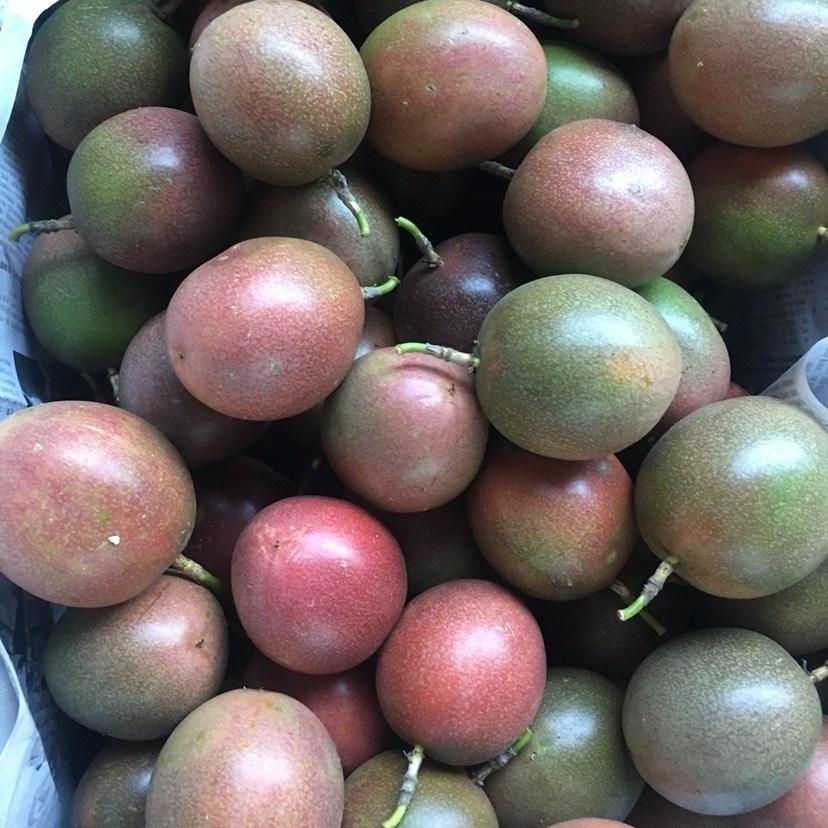
Green Spring Technology is dedicated to the standardized extraction and supply of high-value passion fruit components, offering premium ingredients including pectin, dietary fiber, flavonoid extracts, and whole fruit powder. We empower businesses to create next-generation natural, healthy, and market-differentiated food and beverage products.
Contact us at helen@greenspringbio.com or WhatsApp: +86 13649243917 for samples and quotes.
References
[1] Wang Qinfeng, Zhang Rulian, Xu Li, et al. HPLC determination of lutein and β-carotene in Passiflora edulis leaves [J]. Journal of Tropical Crop Science, 2016, 37(3): 609-614.
[2] JANZANTTI N S, MONTEIRO M. Changes in the aroma of organic passion fruit (Passiflora edulis, Sims f. flavicarpa, Deg.) during ripeness [J]. LWT-Food Science and Technology, 2014, 59(2): 612-620.
[3] Wen Liangjuan, Mao Huijun, Zhang Yuancun, et al. Analysis of components in passion fruit peel and its antioxidant activity [J]. Food Science, 2008, 29(11): 54-58.
[4] Chen Zeqiong, Liao Bin, Zhuang Zonghao. Nutritional components and comprehensive utilization of passion fruit juice, peel, seeds, and seed oil [J]. Guangzhou Food Industry Science and Technology, 1992(1): 25-28.
[5] Zou Jiangbing, Kong Qiuling, Chen Longhao, et al. Determination of total flavonoids in leaves of purple-fruited passion fruit from different origins [J]. Pharmaceutical Guide, 2012, 31(3): 348-349.
[6] LIMA G C, VUOLO MM, BATISTA A G, et al. Addition of passion fruit peel to the diet of high-fat diet rats improves insulin sensitivity, increases incretin and hypothalamic satiety signals [J]. Feed Expo, 2016(9): 44-44.
[7] FIGUEIREDO D A F, PORDEUS L C M, PAULO LL, et al. Effects of Passiflora edulis bark flour on food intake, body weight, and behavioral response of rats [J]. Revista Brasileira de Farmacognosia, 2016, 26(5): 595-600.
-
Prev
Natural Passion Fruit Ingredient : A New Choice for Clean Label Flavoring
-
Next
Exploring the Potential of Passionflower Extracts in Functional Foods


 English
English French
French Spanish
Spanish Russian
Russian Korean
Korean Japanese
Japanese